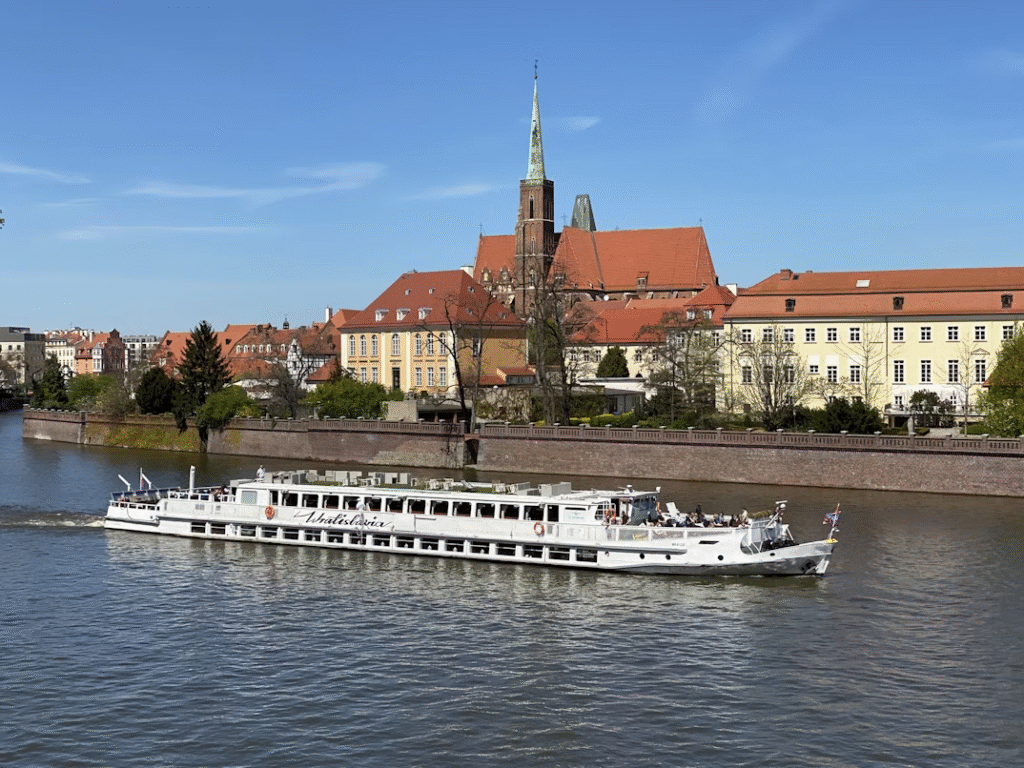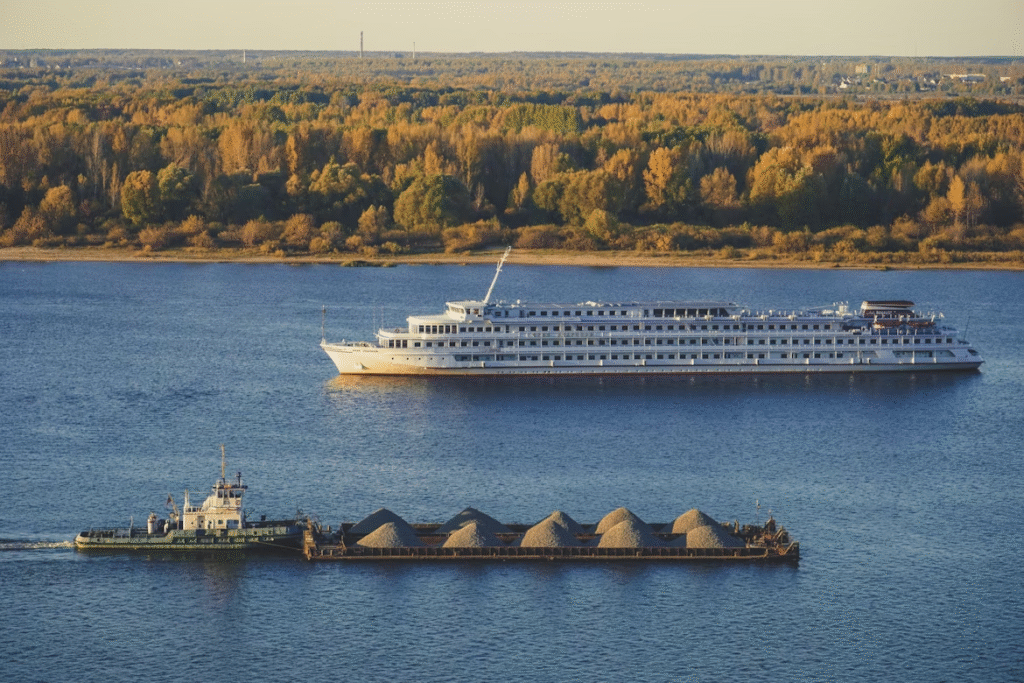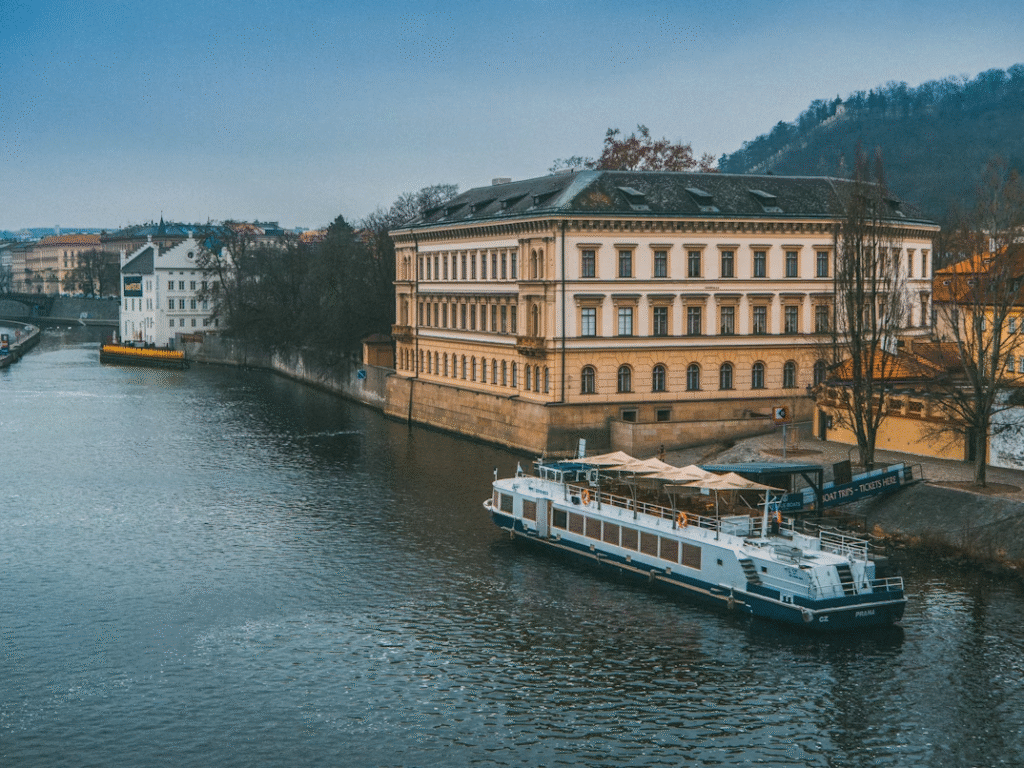European river cruises tick three boxes many Nebraskans want from a big trip: unhurried pace, rich culture, and low-friction logistics. Instead of repacking for new hotels or spending hours on highways, you unpack once and let Europe come to you—vineyards sliding past your balcony, medieval skylines appearing at sunrise, and city centers just steps from the gangway.

Smaller ships, curated shore experiences, and outside-facing cabins turn the journey itself into the highlight. For travelers ready to trade stress for substance, river cruising is a practical, verifiable path to seeing multiple countries comfortably, with clear expectations on routes, inclusions, and costs.
Slow Travel On Europe’s Rivers
Slow travel prioritizes depth over speed, and river cruising is purpose-built for it. Ships are intimate—Viking’s Longships, a common benchmark, carry about 190 passengers, which keeps excursions small and days humane.
You unpack once and wake in a new town most mornings because repositioning often happens overnight; time on shore is devoted to walking historic quarters, tasting regional wines, or visiting museums rather than navigating train timetables. The gentle pace suits couples, multigenerational families, and first-time Europe visitors who want immersion without the logistics burden. And because docks are typically central, you step into the old town rather than shuttle in from a distant industrial port—another hallmark of the slow-travel experience described by major operators and reviewers.
Europe’s Iconic Routes, Objectively
- Danube. Europe’s second-longest river runs about 2,850 km (1,770 mi) from Germany’s Black Forest to the Black Sea, touching or bordering 10 countries. Four capitals—Vienna, Bratislava, Budapest, Belgrade—sit along it, which is why the Passau–Budapest stretch is a first-timer favorite for dense culture in a compact distance.
- Rhine. The river’s most storied section is the Upper Middle Rhine Valley, a ~65 km UNESCO World Heritage corridor between Bingen and Koblenz where dozens of castles crown vine-striped slopes above villages and towpaths. It’s celebrated for both landscape and history; regional sources count 40+ castles, palaces, and fortresses in this compressed reach.
- Douro. Portugal’s Douro winds through the Alto Douro Wine Region, a UNESCO landscape where terraced vineyards have produced wine for about 2,000 years, including Port protected by regulations dating to 1756. Narrow locks and intimate valleys make Douro sailings feel boutique and scenic.
- France’s rivers. The Seine pairs Paris with Normandy’s countryside, while the Rhône/Saône link Lyon and Provence, mixing culinary focus with Roman sites and hill towns. These routes routinely appear in vetted roundups of top European river itineraries, alongside mainstream and luxury lines with distinct onboard styles.
- Seasonal specialties. Late November–December bring Christmas-market cruises—notably on the Danube—where ports like Budapest, Vienna, Regensburg layer river scenery with Advent stalls, regional foods, and crafts. Operators publish dedicated “Christmas on the Danube” and similar itineraries each year, making timing and inclusions easy to verify.
What’s Included And What It’s Like Onboard
One reason river cruising works for planners is its transparency. Major lines spell out inclusions clearly: meals, beer/wine at lunch and dinner on many lines, Wi-Fi, at least one guided excursion per port, and port charges are commonly bundled, with premium options adding more. Viking’s Inclusive Value page is a representative reference travelers can use as a comparison baseline; Cruise Critic’s explainers further detail how inclusions actually play out ship-to-ship.
Ships are designed for scenery: nearly all cabins face outward; many have French balconies or verandas; lounges and dining rooms are glass-wrapped; and top decks are arranged for all-day viewing. Because passenger counts are modest, embarkation, safety briefings, and tour departures are quick and orderly.
Mobility is also considered—lines routinely offer gentler-pace walking groups and shorter alternatives so more guests can participate comfortably (a point often noted in operator literature and independent reviews).

Costs, Seasons, And Value You Can Verify
Independent aggregates and trade guides put mainstream European river cruises at roughly $300–$600 per person, per night, with seven-night totals often $2,500–$4,500 before airfare. Luxury products can reach $700–$1,500 per person, per night, while occasional promos dip nearer $250 depending on river, season, and cabin. These are published ranges, not estimates.
When to go:
- Peak (Jun–Aug): Warm weather and long evenings, but higher fares and busier ports.
- Shoulder (Apr–May, Sep–Oct): Milder weather, lighter crowds, competitive pricing—popular with value seekers.
- Advent season (late Nov–Dec): Festive markets on the Danube and parts of the Rhine, with specialized itineraries and atmospheric evenings in illuminated squares.
- France premium: Prices on French rivers tend to run higher than Rhine/Danube averages, a pattern noted in fare roundups and buyer’s guides—useful if you’re calibrating a budget or deciding between cuisine-led France and castle-heavy Germany/Austria.
Practical Planning For Nebraskans
- Air gateways. From Omaha or Lincoln, the smoothest routings typically connect via U.S. hubs to European gateways aligned to your river: Amsterdam for the Rhine, Paris for the Seine, Vienna or Munich for the Danube, Lyon for the Rhône/Saône, and Porto for the Douro. Once in Europe, piers are usually central, minutes from a train station or the old town, so a short taxi—or the line’s transfer—gets you aboard quickly. (Central docking and compact ships are consistent themes in professional reviews and operator materials.)
- First timer playbook. Choose a 7–8 night itinerary to learn your preferences, then consider a two-week “Grand European” style cruise that combines the Rhine, Main, and Danube for a multi-country arc. Families and multigenerational groups might prioritize Rhine castle density and Alsatian villages; culture seekers often start with the Danube’s capital triad; wine lovers gravitate to Douro quintas or Rhône-Valley tasting days. Authoritative roundups of European itineraries list these as perennial crowd-pleasers.
- Budgeting tips. Match inclusions line-by-line before comparing fares; verify if gratuities, premium drinks, optional tours, or airport transfers are extra. For Advent cruises, confirm market operating dates in each city; for summer low-water risk, check your line’s coach-substitution policy and travel insurance language. Published inclusions and price bands make these checks straightforward long before you book.

Endnote
European river cruising blends slow travel with hard facts—documented routes, UNESCO landscapes, clearly stated inclusions, and verifiable price ranges. If you’re a Nebraskan ready to trade interstate miles for river miles, this is an evidence-backed, comfort-forward way to see more of Europe with

